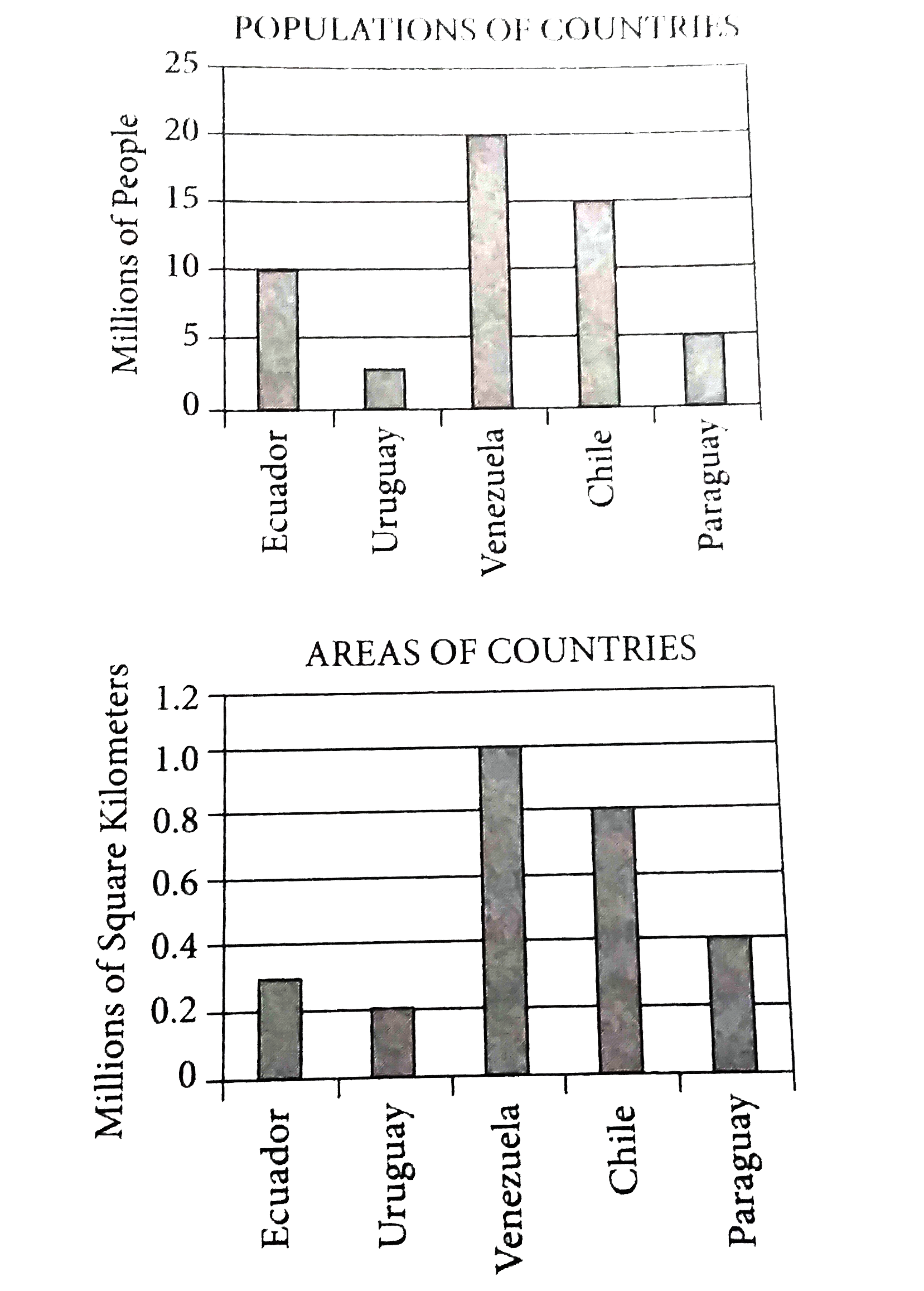Population means
All the animals of a place
All the animals and plants found in an area
Human beings living in an area
Animals/plants of a species living in a specific area
The correct Answer is:D
Step-by-Step Solution:
1. Understanding the Concept of Population:
- Population refers to a group of individuals of the same species that live in a specific area at a given time.
2. Analyzing the Options:
- We are provided with four options to choose from regarding what "population" means.
3. Evaluating Each Option:
- Option A: "All the animals of a place."
- This is partially correct as it refers to animals, but it does not encompass the broader definition of population which includes all species.
- Option B: "All the animals and plants found in an area."
- This option is broader but still does not specify that it refers to a particular species, which is essential in defining population.
- Option C: "Human beings living in an area."
- This is too specific as it only refers to humans and does not represent the general definition of population.
- Option D: "Animals and plants of a particular species living in a specific area."
- This option correctly defines population as it includes both animals and plants and specifies that it is about a particular species in a specific area.
4. Conclusion:
- After evaluating all the options, the correct definition of population is given by Option D: "Animals and plants of a particular species living in a specific area."
Final Answer: Population means animals and plants of a particular species living in a specific area.
---
- Population refers to a group of individuals of the same species that live in a specific area at a given time.
- We are provided with four options to choose from regarding what "population" means.
- Option A: "All the animals of a place."
- This is partially correct as it refers to animals, but it does not encompass the broader definition of population which includes all species.
- Option B: "All the animals and plants found in an area."
- This option is broader but still does not specify that it refers to a particular species, which is essential in defining population.
- Option C: "Human beings living in an area."
- This is too specific as it only refers to humans and does not represent the general definition of population.
- Option D: "Animals and plants of a particular species living in a specific area."
- This option correctly defines population as it includes both animals and plants and specifies that it is about a particular species in a specific area.
- After evaluating all the options, the correct definition of population is given by Option D: "Animals and plants of a particular species living in a specific area."
Topper's Solved these Questions
- ENVIRONMENTAL ISSUESBOOK - DINESH PUBLICATION ENGLISHCHAPTER - ENVIRONMENTAL ISSUESEXERCISE - Model test paper-4
100 Videos
- ENVIRONMENTAL ISSUESBOOK - DINESH PUBLICATION ENGLISHCHAPTER - ENVIRONMENTAL ISSUESEXERCISE - Model test paper-5
100 Videos
- ENVIRONMENTAL ISSUESBOOK - DINESH PUBLICATION ENGLISHCHAPTER - ENVIRONMENTAL ISSUESEXERCISE - Model test paper-2
100 Videos
- ECHINODERMATABOOK - DINESH PUBLICATION ENGLISHCHAPTER - ECHINODERMATAEXERCISE - REVISION QUESTIONS
65 Videos
- EVIDENCES OF EVOLUTIONBOOK - DINESH PUBLICATION ENGLISHCHAPTER - EVIDENCES OF EVOLUTIONEXERCISE - CHECK YOUR GRASP
19 Videos
Similar Questions
Knowledge Check

The populations and areas of five countries are shown in the graph above. If population density is defined as popa––tionarea, which of the five countries has the highest population density?AEcuadorBUruguayCVenezuelaDChileThe population of five countries are in the graph above. If population density is defined as (population)/(area), and the area of paraguay is 400,000 sq km , what is the population density of paraguay , In the people per sq km?
A0.08B0.8C1.25D12.5
Assertion : The rate at which a population can be expected to grow in the future can be assessed graphically by means ofa population pyrmid.
Reason : A triangular population pyramid is characteristics of a country whose population is stable, neither growing nor shrinking.
View SolutionA population growth becomes asymptote when population density :-
View SolutionTwo local population becomes sister population when :-
View SolutionThe population of a village has decreased by 6 %. If the original population was 3650, find the population after decrease.
View Solution[A] : A Population is a unit of evolution .
[R] : Natural selection operates at the Population level .
View SolutionPopulation Interaction
View Solution
